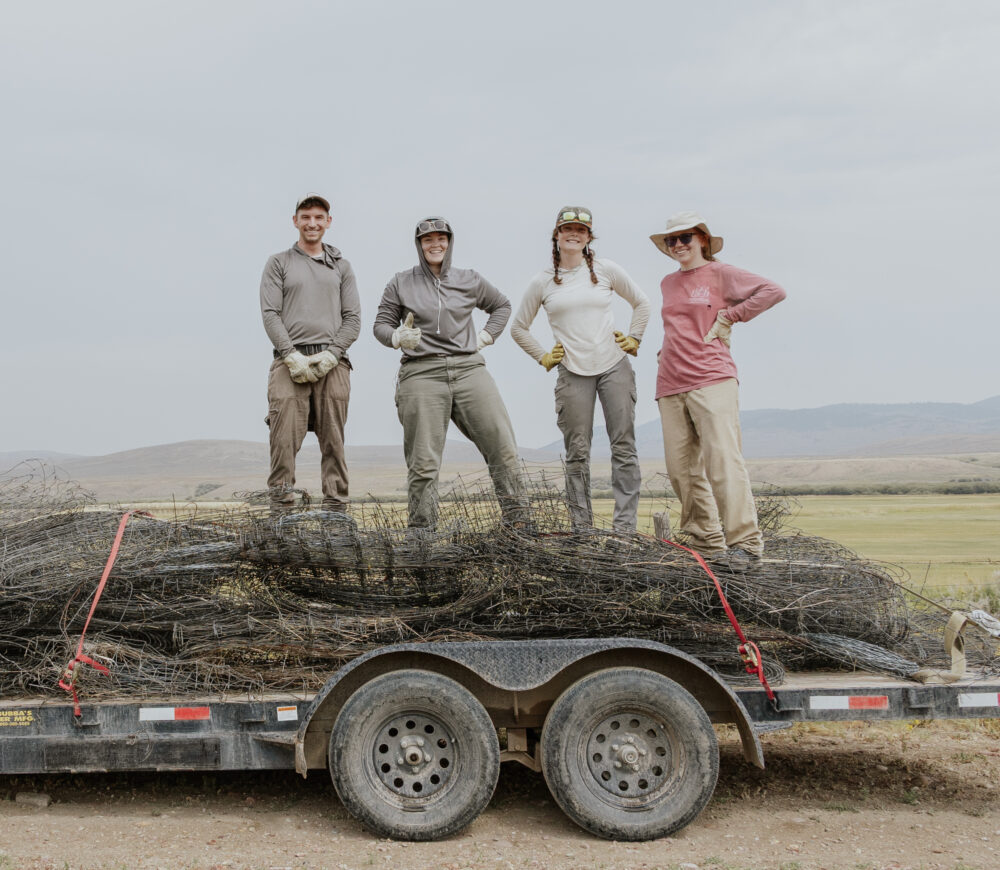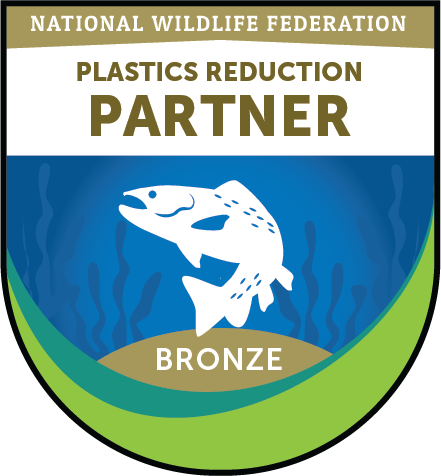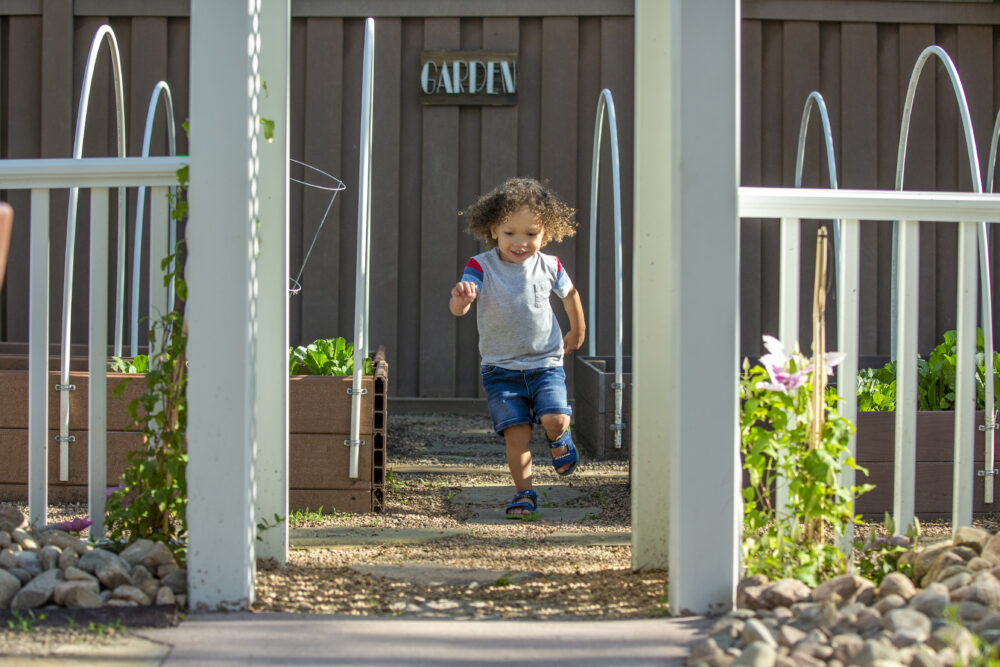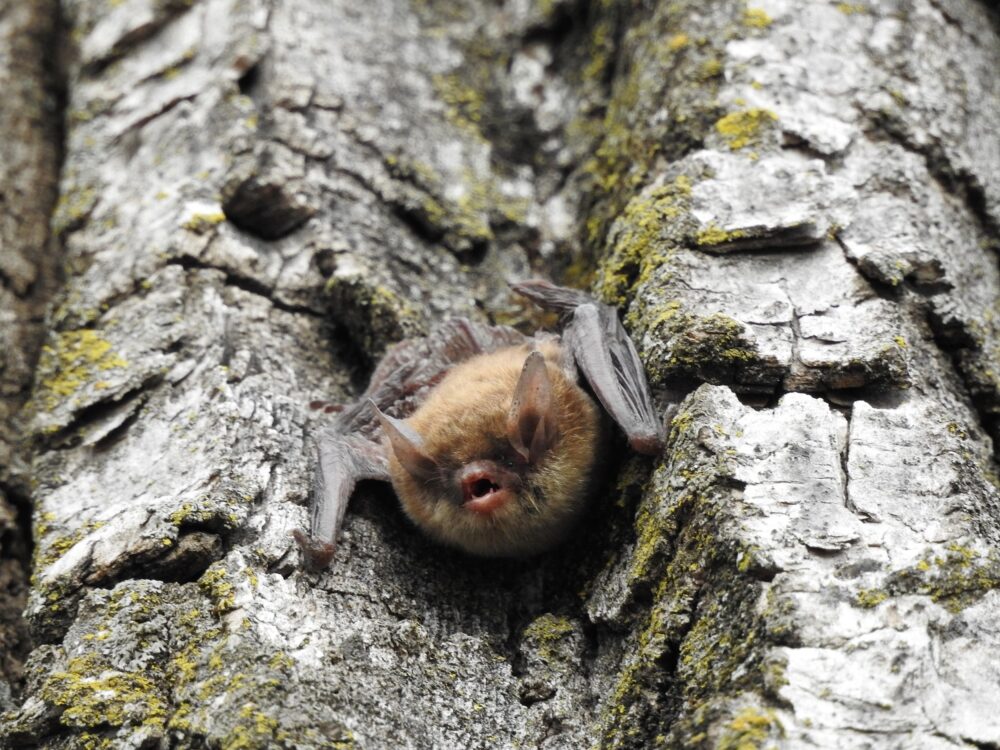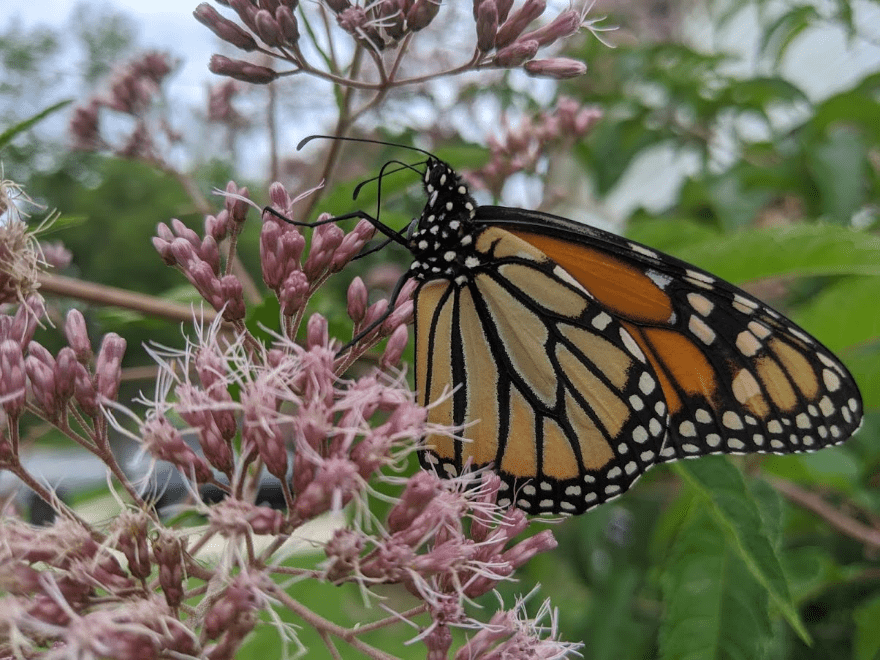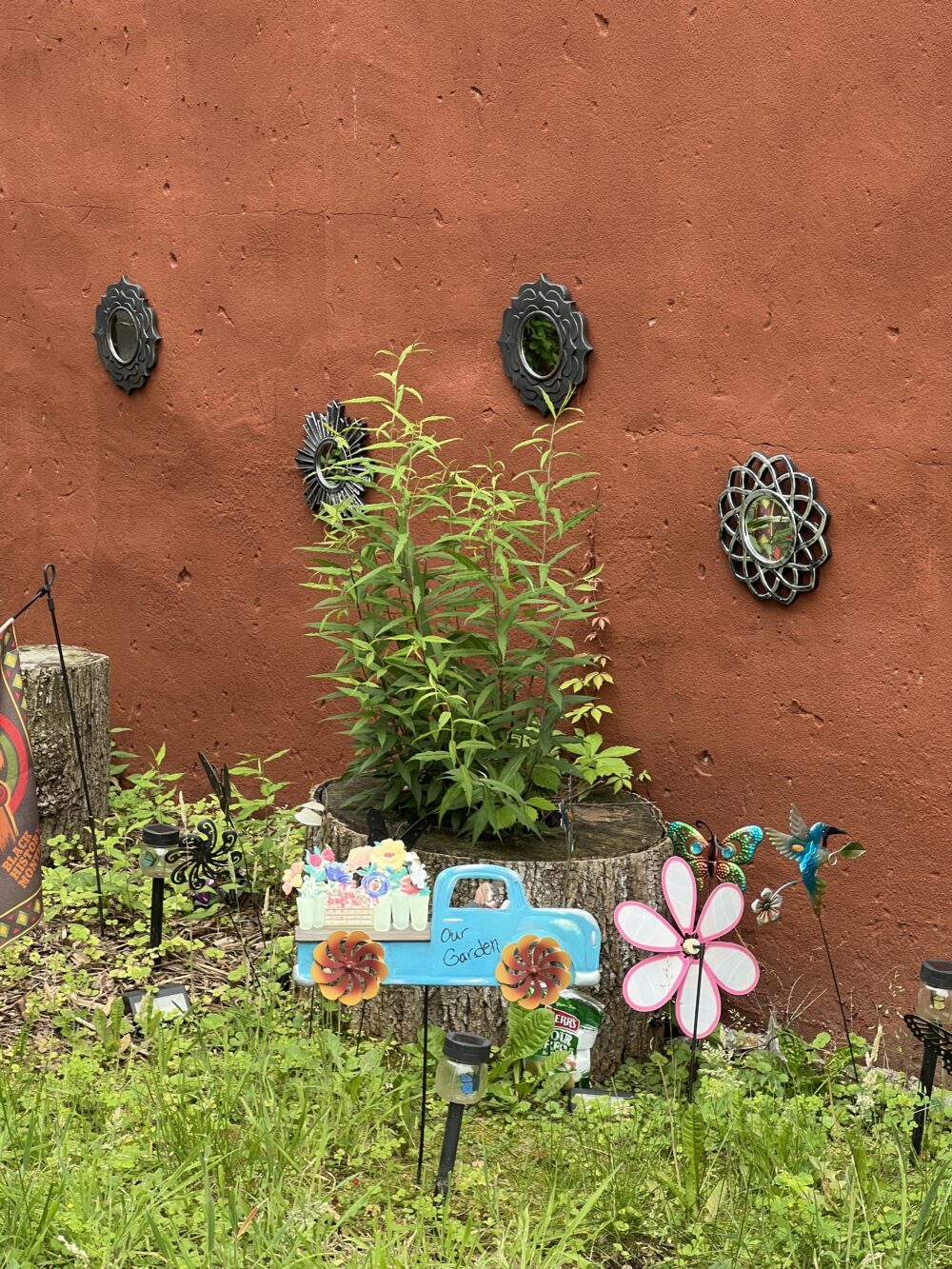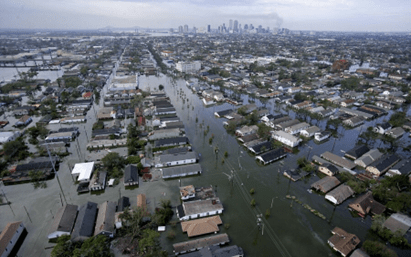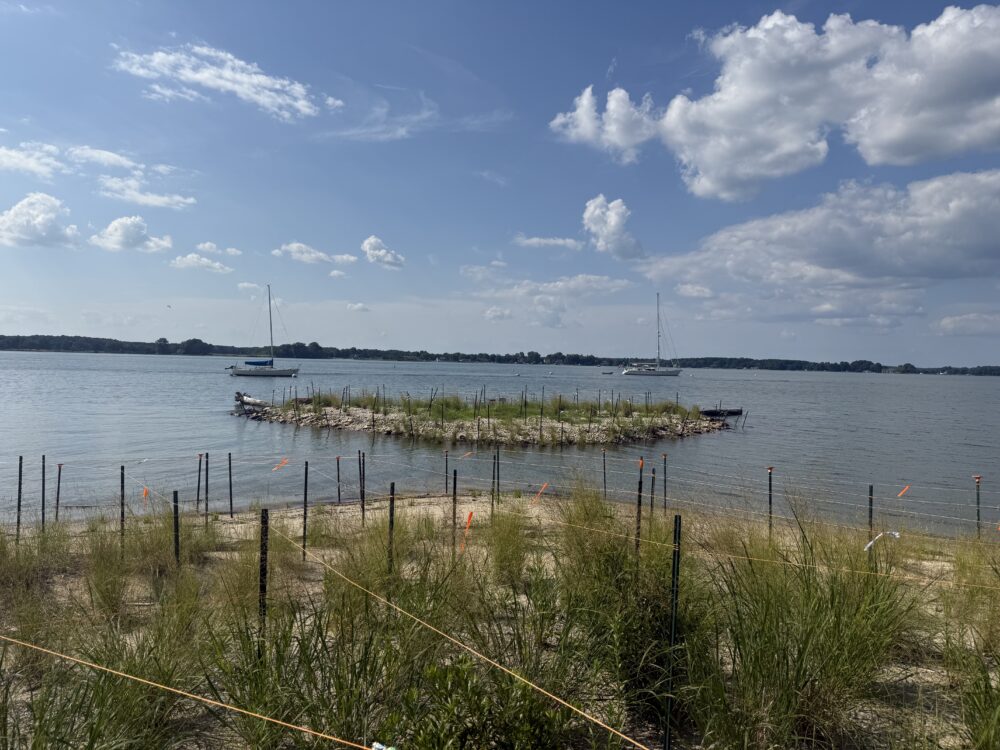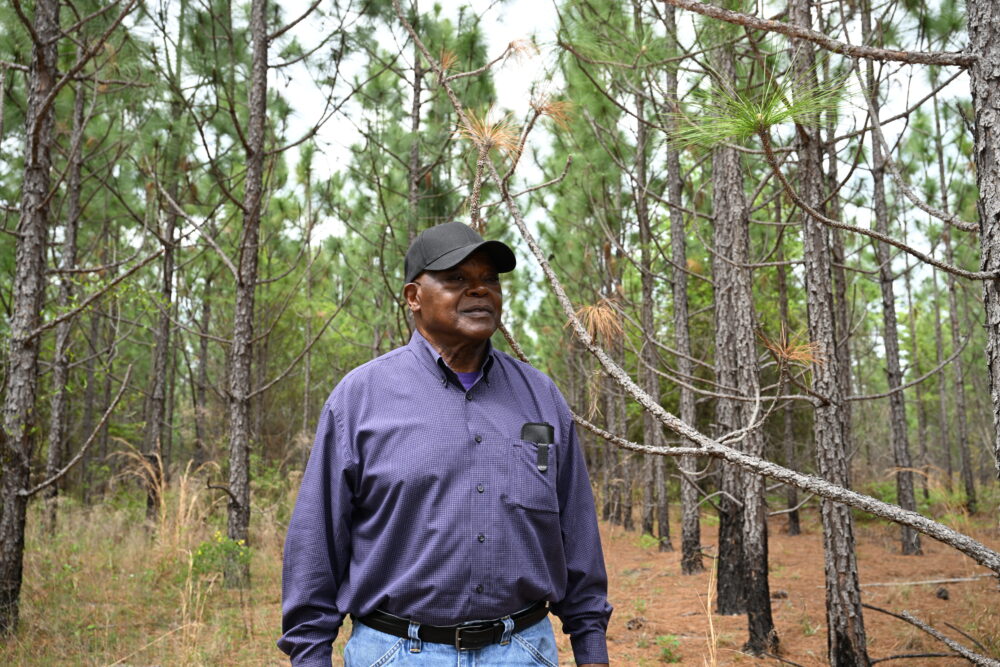We have much more to do and your continued support is needed now more than ever.
Is Building in Floodplains a Good Idea?

The Costs of Flooding
Since 1990, Puget Sound has been ravaged by 15 major flood disasters—that’s more than one every other year. As outlined in our new report, Changing Course: Why Protecting Floodplains is Good for People and Wildlife, thousands of homes have been damaged or destroyed and at least 58 people have died due to flooding. These floods cost taxpayers more than $1.37 billion in clean up and recovery costs.
Humans are not the only ones affected by floodplain development. Since 1900, Puget Sound Chinook salmon populations have declined 93% and nine runs of Chinook have gone extinct. Orca whales, which eat primarily salmon, have declined by half. Both are now under federal protection through the Endangered Species Act, but habitat and populations continue to decline.
Developing in Floodplains
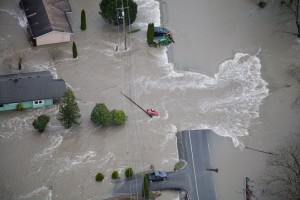
By filling floodplains and leveeing rivers, we’ve diminished the ability of the land to absorb large storms. More than 90% of our floodplains and wetlands have been lost to development, agriculture and other human activities. Of the floodplains that remain, more than 70% are in poor condition. The result is an increase in devastating flood damage, degradation of Puget Sound, and steep declines in fish and wildlife populations.
Solutions for Our Floodplains
As scientists consider how to address salmon declines and larger storms, they are coming to the conclusion that protecting and restoring floodplains is one of the most important things we can do to help salmon and orca while reducing risk for people.
The first step is to prevent more harmful development in flood-prone areas. In other words, we must stop making the problem worse. The second step is to fix our past mistakes by repairing already damaged floodplains. We can do this by buying out frequently flooded properties, setting back or removing levees to widen the river and floodplain, and restoring floodplains to recreate critical ecological functions.
So, is putting Puget Sound’s next million people in floodplains a good idea? So far, building in floodplains has been bad for people, bad for taxpayers, and bad for fish and wildlife. The question should not be, where are we going to put the next million people. The question should be, where are we going to put them, safely?
Finding a safe home for Puget Sound’s next million people will mean building smarter. Restoring and protecting our floodplains will mean that Puget Sound’s next generation will not just be safer from floods; they will also still be able to see salmon and orca leaping from our waters.
For more information, be sure to read our report: Changing Course: Why Protecting Floodplains is Good for People and Wildlife, and watch our video here.

